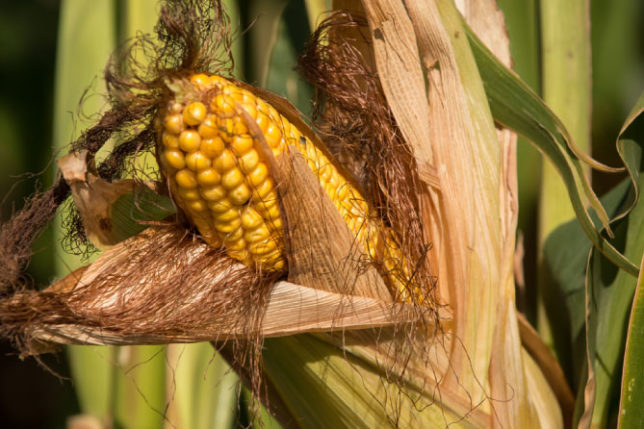In June of 2013, Monsanto announced their Canada Corn Expansion Project, with an investment of $100 million over the next ten years to produce corn hybrids that could be widely grown across a potential geography of 26 million acres in Western Canada. According to Monsanto’s data, this could result in an estimated annual western corn market of up to 10 million acres by 2015.
“One of the obvious benefits of this project is that it provides Western Canadian farmers with an additional crop choice that can enhance the overall profitability of their farming operation,” stated Mike Nailor, Monsanto corn and soybean lead for Canada in a 2013 Monsanto news release. “Our goal will be to help farmers incorporate corn into their current production system to maximize opportunity across a variety of crops, whether they are farming in Manitoba, Saskatchewan, or Alberta.”
Adding corn to the crop rotation will have an affect in many different aspects of a farming operation. From implementing different agronomic practices to optimizing fertilizer programs, planting certified seed, being able to control weeds when they are small, as well as being able to control weeds with an increased range of herbicides with different modes of action.
According to Monsanto, successfully integrating corn into Western Canada will continue to build and expand on more sustainable weed management recommendations than exist today.
As new earlier maturing corn varieties with yield consistency come to market, the “corn belt” will be pushed further north and west with an increase in adoption into Western Canadian crop rotations. According to Stats Canada, farmers planted a record 450,000 acres of corn in the Prairies in 2013, more than doubling the amount planted in 2011.
With higher prices being offered for corn it is an attractive crop to grow even taking into account the less than optimum yields due to lower crop heat units and a shorter growing season. Saskatchewan Crop Insurance Corporation offered insurance on grain corn as a Pilot Insurance Program for 2014. SCIC states that grain corn production in Saskatchewan increased from 9,000 acres in 2012 to 20,000 in 2013 and warranted the need to add grain corn as an insurable crop this year.
But will the adoption of corn into crop rotations match what has been experienced by soybean production across the Prairies? As challenges with maturity and yield have been improved, soybean acres have created new acreage records every year for the last four years.
“There will definitely be a learning curve, but farmers are innovators and strong adopters of technology,” says Nailor. “I don’t doubt for a second, that given the tools, they will drive corn acre expansion across the west if the yield and profitability potential in corn remains strong relative to other cropping options.”







Leave A Comment